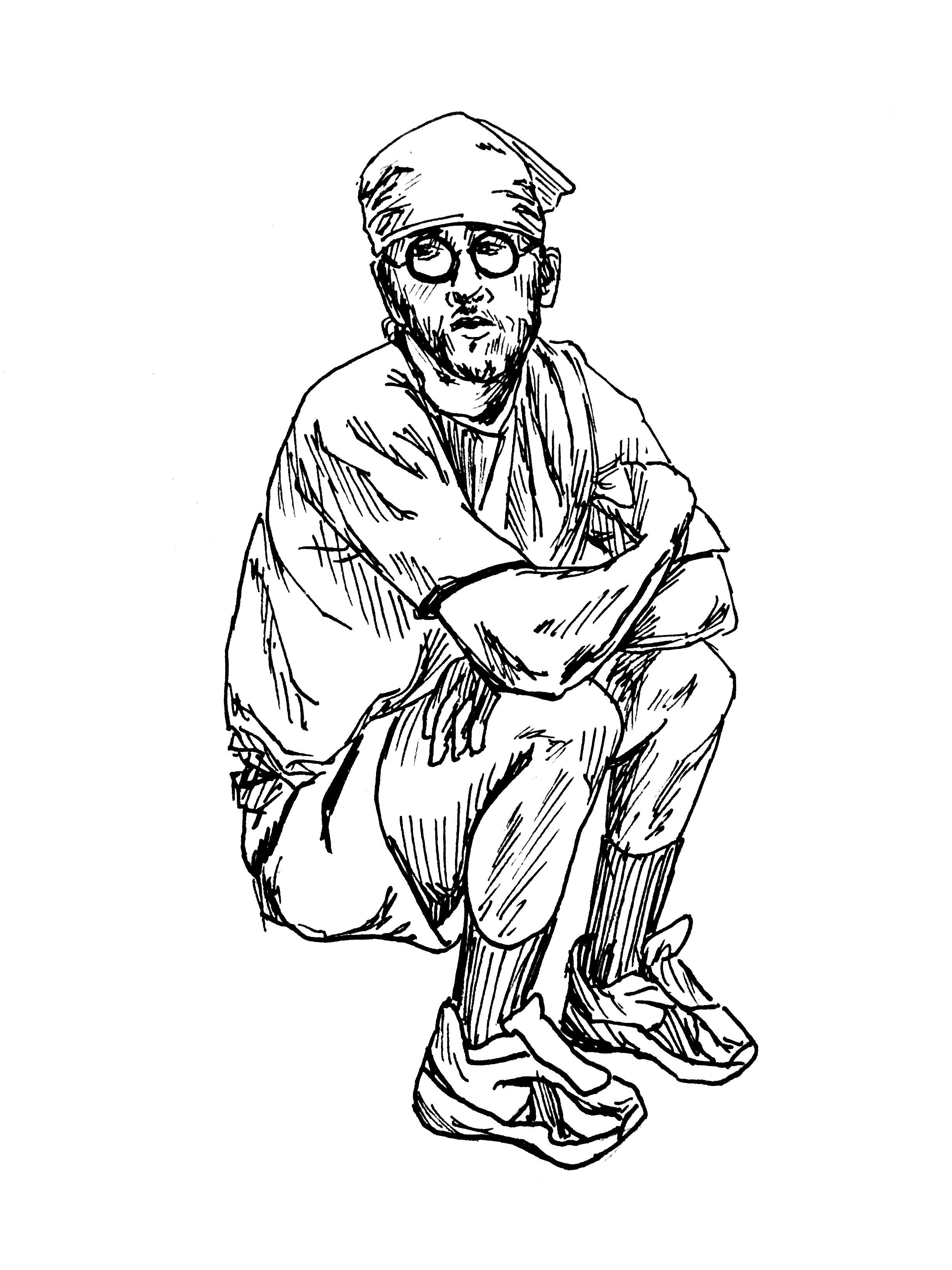
Nowadays, “David Foster Wallace” is usually tossed around as a joke in casual conversation, a name synonymous with pretentiousness, aloofness and thinking that you are smarter than you really are. People who idolize him are no better than the sort of character parodied by the Twitter @GuyInYourMFA, that species of pseudo-intellectual that enjoys showing off copies of Pynchon, Gaddis and Franzen yet turns up his nose at women writers or writers of color.
I can’t speak to how true the stereotype of his fans may be, but I can now say with conviction that David Foster Wallace deserves a better reputation than the one given him by those who conspicuously read “Infinite Jest” on the subway or quote his 2005 commencement address “This Is Water” out of context.
I picked up D.T. Max’s 2012 biography of Wallace, “Every Love Story Is a Ghost Story: A Life of David Foster Wallace,” over Thanksgiving break, knowing that I rarely read biographies and even more rarely ones that I enjoy. I finished it in three days. Certainly the writing is clean and engaging, and the content well-researched: Max gained access to hundreds of letters, manuscripts and journals, and interviewed enough people to fill six pages of “Acknowledgments.” But Wallace’s ideas were what made the book so interesting. The evolution of his thinking is not only fascinating but still relevant — he considered issues that are still just as, if not more, applicable today.
The narrative arc of Wallace’s life is nothing you can’t find on Wikipedia. Born in Ithaca, New York, Wallace grew up with a younger sister, a grammar-Nazi mother and a philosophy professor father in Champaign-Urbana, Illinois. The depression and anxiety — and marijuana addiction — that would follow him throughout his life manifested early. Wallace attended Amherst College, then the MFA program at the University of Arizona. He briefly enrolled as a Ph.D. candidate in philosophy at Harvard but dropped out to enter rehab for alcohol and drug abuse. He taught at universities around the country — his alma mater, the University of Illinois and eventually Pomona — to make a living. The publication of “Infinite Jest” made him a generational success. But his ultimate failure to live up to that success in his next novel, “The Pale King,” led to his suicide at his home in Claremont, California seven years ago.
Despite knowing the tragedy the book was hurtling towards, I found the story of Wallace’s life as told by Max unexpectedly fascinating. The biography is peppered with surprises: his forgotten side projects (a 1990 book about rap, a 2003 book about math), his promiscuity (the Onion published an article in 2003 with the headline, “Girlfriend Stops Reading David Foster Wallace Breakup Letter at Page 20”) and his addiction to television (during bad times he watched six to eight hours a day; soap operas were a guilty pleasure).
Most of all, however, Max does a commendable job distilling Wallace’s complex philosophies about literature and its function, tracing the development of his work from the playful, postmodernist meta-fiction he wrote during his college years to the serious moral and redemptive literary ideology that defined the creation of “Infinite Jest.” “Every Love Story Is a Ghost Story” makes clear that Wallace was no passive consumer or producer of literature: He thought deeply about America’s addiction to pleasure and the ways pleasure-seeking is a never-ending and unfruitful cycle. His oft-cited pleas for sincerity were the product of a long and grueling journey of ideology. Wallace recognized the cynicism of fiction, the ways in which it echoed the malaise of society but presented no solution — a trend that is still evident today. Even now, so few have risen to the challenge of writing works that deal with the modern day — with the Internet, with the performative nature of social media, with information saturation — in ways that transcend satire or condemnation. Books like Alexandra Kleeman’s “You Too Can Have a Body Like Mine” or the anonymously distributed “Iterating Grace” still rest in criticism of the technological age, concluding with messages we’ve heard hundreds of times before.
Reading about Wallace’s clarity in processing those trends and his efforts to combat them is fascinating and almost eerie. It makes you think about the ways in which we have and haven’t progressed from the world in which Wallace lived and wrote, 10, 20, 30 years ago. “Every Love Story Is a Ghost Story” more than brings Wallace to life, more than resuscitates the flat cardboard stereotypes his name invokes today: it stirs up the beautiful complexities of Wallace’s mind and gets the cogs turning in your own.







